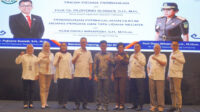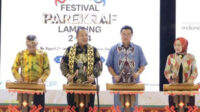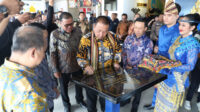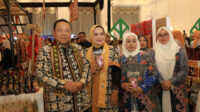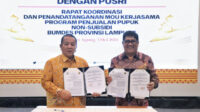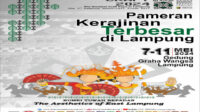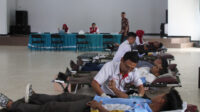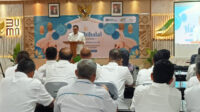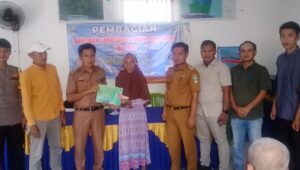Neanderthal settlement in Ukraine appears in the archaeological sites of Molodova (43,000-45,000 BC) which contain dwellings made of mammoth bones. This area is also suspected as a location for humans to tame and care for horses.
Modern human occupation of Ukraine and the surrounding area began in 32,000 BC, with evidence of the Gravetian Civilization in the Crimean Mountains.
By 4500 BC, the Neolithic Cucuteni and Tripilian Civilizations flourished in a large area that included modern Ukraine including Tripilia and the entire Dnieper-Dniester river basin. During the Iron Age, the land was inhabited by Cimmerians, Scythians, and Sarmatians.[28] Between 700 BC and 200 BC it was part of the Scythian Kingdom.
Later, the colonies of Ancient Greece, Ancient Rome, and the Byzantine Empire, such as Tiras, Olbia, and Kersonesus were founded, starting in the 6th century B.C.E., on the eastern shore of the Black Sea, and flourishing well into the 6th century C.E. The Goths settled in the region but came under Hun influence from AD 370. In the 7th century AD, eastern Ukraine became the center of Greater Bulgaria. By the end of the 7th century, most of the Bulgar tribes had dispersed in various directions, and the Khazars had taken over most of this area.
The Golden Age of Kiev: The baptism of Grand Prince Vladimir marked the acceptance of Christianity in Kievan Rus’. Kievan Rus’ was founded by the Rus’, who came from Scandinavia across Ladoga and settled in Kiev around AD 880.
Kievan Rus’ encompassed the central, western, and northern parts of modern Ukraine, Belarus, the longitudinal ranges of far-eastern Poland and the western part of modern Russia. According to the Primary Chronicle the Rus’ elite were originally Varangians from Scandinavia.
In the 10th and 11th centuries, Kievan Rus’ became the largest and most powerful state in Europe.[29] Kievan Rus’ laid the foundation for Ukrainian and Russian national identity.[30] Kiev, the capital of modern Ukraine, became the most important city for the Rus.
The Varangians were later assimilated into the Slavic population and became part of the first Rus dynasty, the Rurik dynasty.[30] Kievan Rus’ consisted of several principalities ruled by sibling knyaz (“princes”) of the Rurik dynasty, who often fought each other for control of Kiev.
The Golden Age of Kievan Rus’ began with the reign of Vladimir I (980–1015), who converted the Rus into Byzantine Christians. During the reign of his son, Yaroslav the Wise (1019–1054),
Kievan Rus’ reached the pinnacle of its cultural development and military might.[30] The country was soon fragmented as the relative importance of the regional powers revived. After the final rise under Vladimir II Monomakh (1113–1125) and his first son Mstislav I of Kiev (1125–1132), Kievan Rus’ broke up into several separate principalities after Mstislav’s death.
The Mongol expansion into Rus in the 13th century AD had devastated Kievan Rus’. Kiev was completely destroyed in 1240. Over the territory of modern Ukraine, the Principality of Halych and Volodymyr-Volynskyi arose, and they were combined to form Halych-Volynia.
Danylo Romanovych (Daniel I of Galicia or Danylo Halytskyi), son of Roman Mstyslavych, reunified all of southwestern Rus, including Volhynia, Galicia, and the old capital of Russia, Kiev. Danylo was crowned by the Papal Archbishop of Drohiczyn in 1253 as the first king of the Rus. Under Danylo’s throne, the Kingdom of Galicia–Volhynia was one of the most powerful states in eastern central Europe.
Foreign domination: After the Mongol expansion, most of Ukraine was ruled by Lithuania (from the 14th century onward) and after the Union of Lublin (1569) was incorporated into the Polish-Lithuanian Commonwealth, pictured here in 1619.
In the mid-14th century, after the death of Bolesław Jerzy II, the Polish king Kazimierz III began campaigning (1340–1366) for a Galician-Volhynian takeover.
Meanwhile, the central lands of the Rus, including Kiev, became the territory of the Grand Duchy of Lithuania, controlled by Gediminas and his successors, following the Battle of the Irpin River. After the Union of Krewo in 1386, a dynastic union between Poland and Lithuania, most of the territory that became northern Ukraine was ruled by local Lithuanian nobles who had been Slavicized as part of the Grand Duchy of Lithuania.
In 1392 the Galician–Volhynian Wars ended. Polish settlers in the depopulated lands of northern and central Ukraine founded or re-founded several towns.
In 1430 Podolia was created under the Crown of the Kingdom of Poland as Voivodat Podolia. In 1441, in southern Ukraine, especially Crimea and the surrounding steppes, Genghis Khan’s descendant, Hacı I Giray, founded the Crimean Khanate.
Bohdan Khmelnytsky, Hetman of Ukraine, founded an independent Ukraine after a 1648 uprising against Poland.


